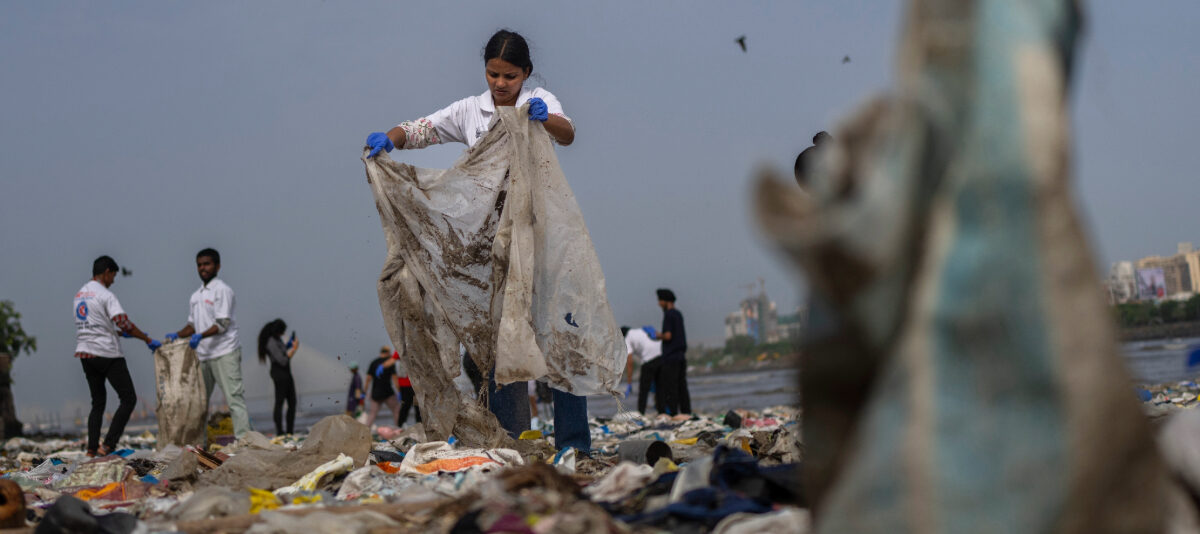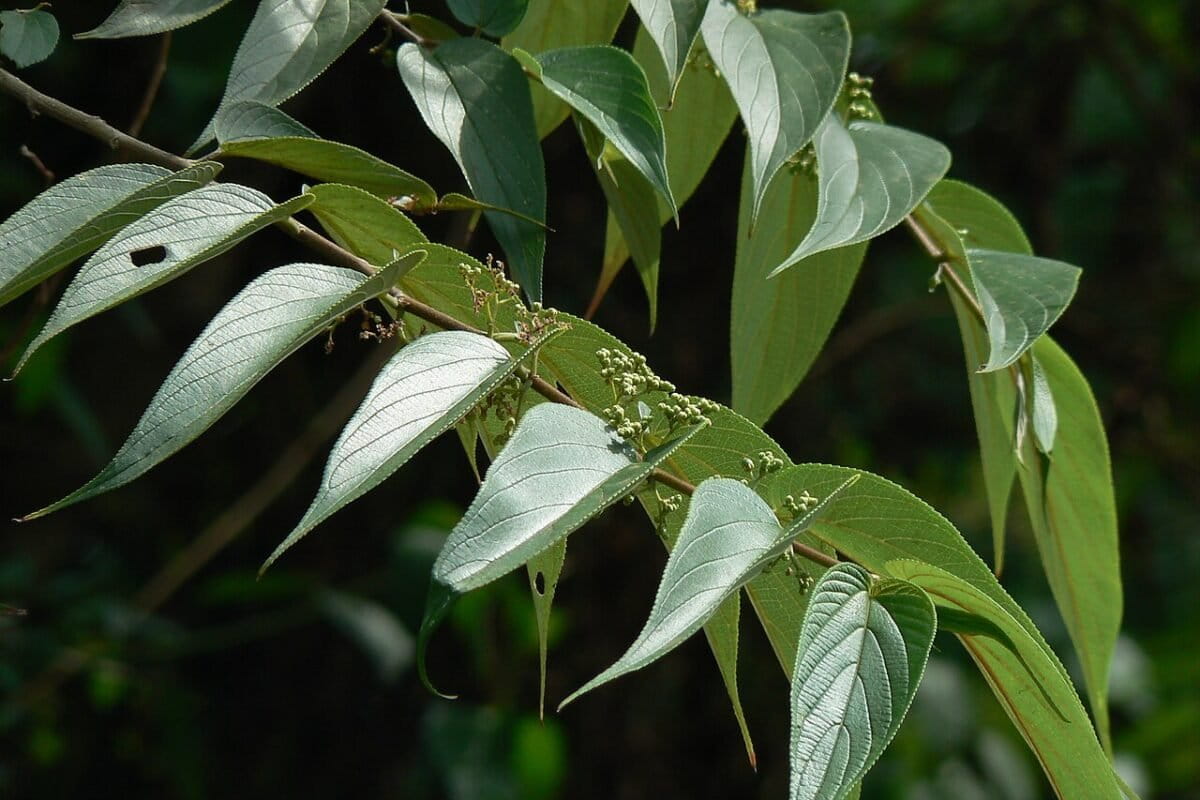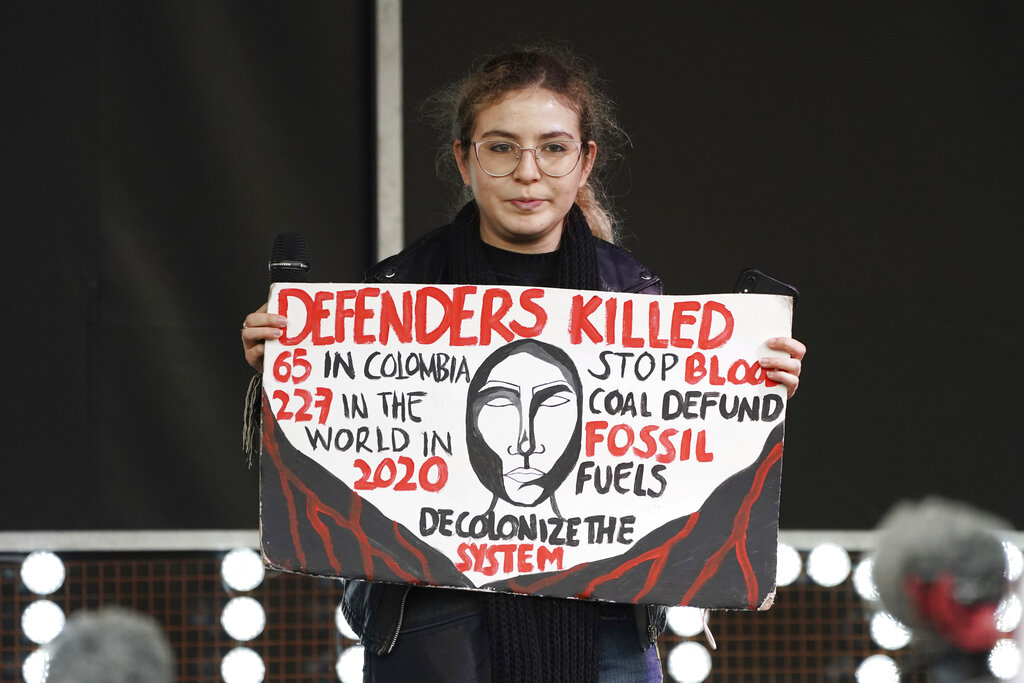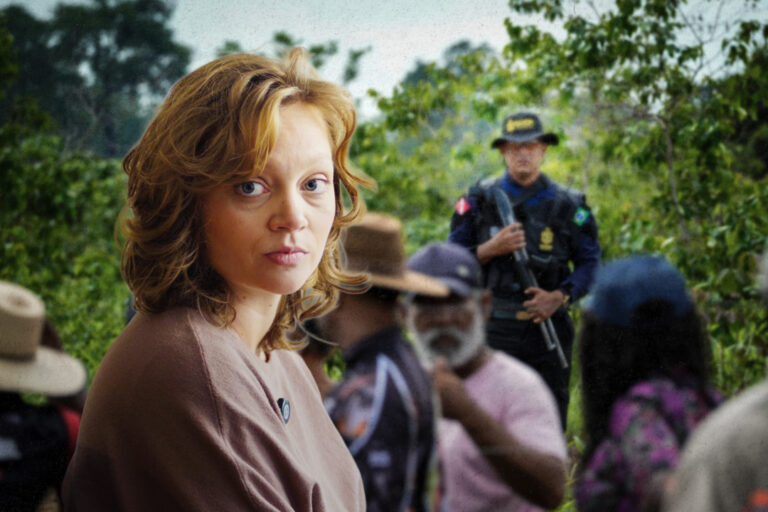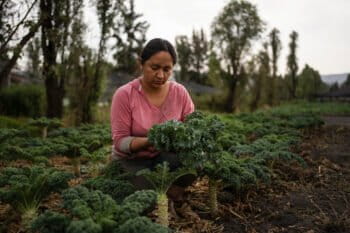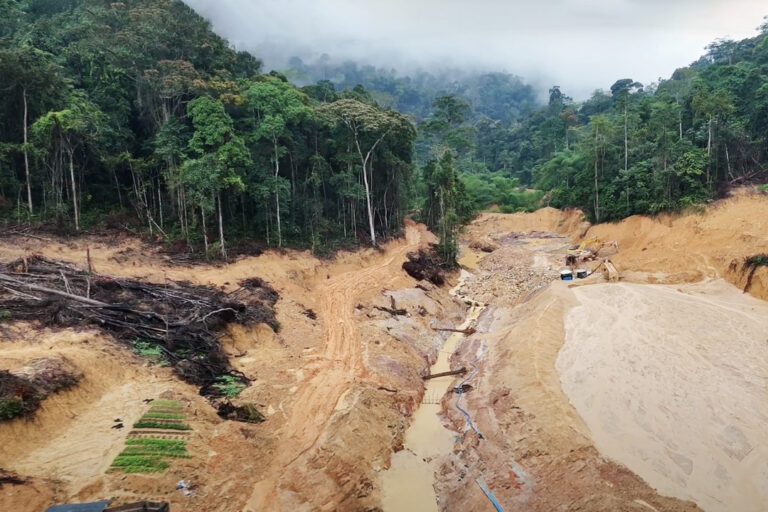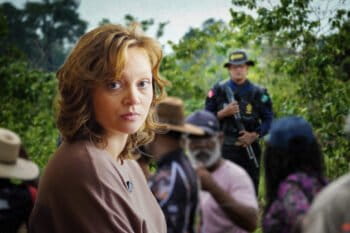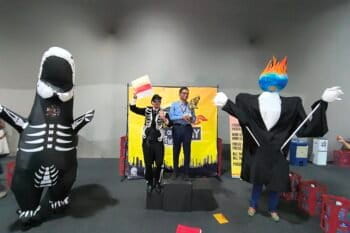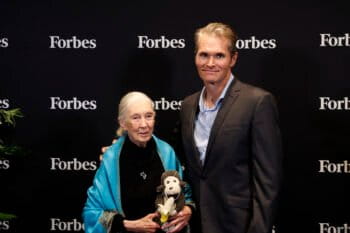LAGUNA DE LOS MICOS, Honduras — Tension swirls around the Laguna de los Micos in northern Honduras, which is a critical marine ecosystem surrounded by mangroves and serving as a home and nursery for many species of coral reef fish.
The communities living around the lagoon have voluntarily agreed to suspend fishing for two months of the year, giving the lagoon’s fish populations a chance to recover. Rangers from local conservation NGO, PROLANSATE Foundation, are tasked with enforcing the agreement—patrolling the waters, removing hidden nets, and confronting fishermen hiding in the mangroves with the help of the military.
This initiative is a rare example of successful community-based conservation. Yet despite broad local support, rangers still face threats and intimidation from fishermen, highlighting the deep-rooted risks tied to conservation work in Honduras, one of the most dangerous countries in Latin America for environmental defenders. Caught between environmental duty and social tension, the rangers learn to deal with hostility as they try to protect the lagoon.
Mongabay’s Video Team wants to cover questions and topics that matter to you. Are there any inspiring people, urgent issues, or local stories that you’d like us to cover? We want to hear from you. Be a part of our reporting process—get in touch with us here!
Banner image: Soldiers from the PROLANSATE Foundation on patrol. ©Camilo Freedman.
When the sea takes over: Voices from a climate-displaced community in Mexico
Transcript
Notice: Transcripts are machine and human generated and lightly edited for accuracy. They may contain errors.They will not stop. They look at you,
and if they can crash into you, they’ll crash.
And if they can sink you, that’s even better.
And then they leave.
Welcome to Laguna de Los Micos.
A beauty — a natural beauty.
There are many areas, many families,
that depend on its fish to survive.
The Laguna de los Micos has a mangrove system.
This makes it a good place for fish to come for protection,
growth and reproduction.
According to our research, approximately 80% of the commercially-important fish species in the bay
spend part of their lives in the lagoon.
During the ban, that is the best time to be able to protect the fish so that they can complete their cycle
and continue their reproduction and growth,
for economic and ecological benefits.
We don’t take care of the fish for ourselves.
We take care of them for the communities themselves.
This way, for the rest of the year, you have a product;
you have something to survive on.
Because there are many families
who live off of fishing and subsist from fishing.
Many times, in some communities,
there have been threats.
We act as the first line. If illegal fishing gear is found,
the military is in charge of confiscating it.
We are the ones who verify, observe
and conduct all the control [measures].
Good morning, sir. How are you?
Do you know that right now, we have a ban?
Cast nets are strictly prohibited.
– Cast nets are strictly prohibited.
– I’ll keep it, no problem.
That depends on the military, because normally,
they confiscate them.
In the future, if you come back and the military comes, or a colleague comes, or DIGEPESCA or ICF comes,
and they find them again, they’ll confiscate them again.
But it isn’t that you didn’t know.
It’s that you didn’t want to understand.
There are three signs here, and there’s a big sign
where it says that it is illegal
to fish with cast nets, with trammel nets,
with harpoons and with drag nets.
Is the ban just one method, or are there several different methods to mitigate, for example, overfishing?
It is a tool, nothing more. It is one of several that we can use.
We work on raising awareness
with communities
and with groups of fishers,
and we have been seeking out some alliances
so that we can also teach them the financial aspects.
Then why are there people opposed to the ban?
It’s not that people are against the ban.
They are against the authorities, who are responsible
for issuing sanctions.
And that creates more of an ungovernability of the resource.
And those of us who want to improve this resource
are sometimes seen as enemies.
[They say,] ‘This is limiting me.
This is causing this [problems] for me,’
up to the moment that they make threats, and there is no security, right? Many of my coworkers have left for that reason.
These are legal nets. They’re three inches,
but during the ban, everything is illegal.
Harpoons are prohibited throughout Honduras.
This is like selective fishing.
– Yes.
– Yes, because what they catch are the biggest fish.
[They] catch the one that is taking care of its babies,
so it’s putting the species at risk.
We have practically 95 or 97% of the community
living off of [resources from] the lagoon,
either by fishing or by catching crabs with nets.
Here we’re watching the law be enforced
only upon people with low incomes.
My community says, ‘Oh, the ones from Los Cerritos [a nearby community], they don’t catch them.’
But that’s because they move around using motors.
That’s why they almost never catch them.
They have the money to buy this many trammel nets.
So they do it.
And in my community, the people have to
patchwork their nets together.
So they say, ‘How do you come to enforce a law for this community saying that we can’t fish,
and we’re watching them fish over there on the other side?’
On one hand, I want my community to respect the laws, but there are other communities that are not enforcing them.
I don’t fish during the ban; I respect the ban.
But there are people who perhaps don’t have the basic resources to feed themselves, and so they don’t comply with the law,
because the truth is that they could die of hunger, so they go out every once in a while to fish. Not every day.
Roughly how many have you caught today?
About 150.
– 150?
– Yes.
– And you sell it, as you were explaining, you sell it for four pesos?
– [Yes], four.
I saw that they have harpoons there, too.
And harpoons are prohibited, right?
Yes. They use harpoons only for hunting, to eat.
But, as they told us,
harpoons are illegal on a national level.
We can see the biomass of the fish increasing after the ban.
And there was an increase in biodiversity.
So that means that the lagoon has more species diversity,
a larger number of species and larger sizes.
Commercial fish have declined in general.
But when we look at each area,
we see that in Tela in recent years, there has not been a decrease. It has been stable; there is even a slight improvement.
This is not about eliminating fishing. It is about making fishing sustainable so that there can be more generations.
We talked to the PROLANSATE Foundation
to see what was happening on their patrols,
and we found something: everyone is responsible.
That’s the reality.
There have been seizures
in all 12 communities.
There are a total of nine trammel nets, 14 cast nets, six masks,
two rods, two harpoons and four mosquito nets.
Believe me — I fell in love with the park and I want to continue conserving it. I want to keep protecting this area.
All of us who work in conservation do this because we enjoy it
and because we love to do this.



